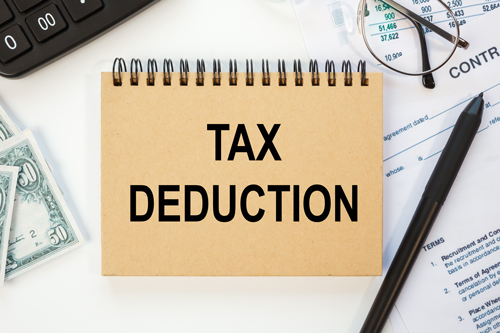Basics of Tax Planning
Knowing the basics of tax planning before paying them is important because it is important to reduce your taxable income as much as possible. Also, so that you don’t end up paying more than you have to.
Tax planning is crucial because it helps you arrange your financial affairs to eventually end up owing as little in taxes as possible.
We have narrowed it down into three basic ways through which you can plan your taxes: The first is to reduce your taxable income, then the second is to increase your deductions, and the third way is to take advantage of tax credits.
There’s nothing like you can use only one of these options. For the best possible result, you can combine all three ways.
1.Reducing Taxable Income
AGI or your adjusted gross income is essential in determining your taxes. Various tax credits and deductions depend upon it since it is the starting number for calculations and your tax rate. If the AGI is too high, you will not qualify for certain credits and deductions. A quick tip to keep in mind would be that your AGI can also affect your financial life outside of taxes. AGI is an important measure of your finances which banks, mortgage lenders ask, and college financial aid programs routinely.
Basically, the more money you make, your AGI increases, and the more you will pay in taxes. Interchangeably, you will have to pay less in taxes the lesser you earn. This is how the American tax system is set up, and it all begins with your adjusted gross income (AGI).
Determining your AGI
Basically, your AGI is your income from all sources, adding or subtracting any adjustments to income you might qualify for. You do not have to itemize to claim them, and hence these are not the same as deductions when they decrease income.
If you have only additional income and don’t qualify for any adjustments, your AGI will go up. And if you have adjustments but no additional sources of income, then your AGI will shrink.
2.Increasing Your Tax Deductions
Once you have determined your AGI, your taxable income is what remains after. You can decide to go for two options, which are that you can either claim the standard deduction for your filing status or itemize your qualifying deductions. The catch here is that you cannot do both.
The itemized deductions as of 2020 include:
- Health care expenses that exceed 7.5% of your AGI
- Theft losses and casualties due to a national disaster.
- After December 15th, 2017, the interest on mortgages taken out up to $750,000, or $375,000 if you are married and filing a separate tax return, on condition that the funds used are to purchase, construct or make improvements to your primary or secondary residence.
- Cash donations and gifts to charity are limited to 60% of your AGI.

Choose whether to itemize or not
Keeping track of your itemized expenses throughout the year using a spreadsheet or personal finance program is one important tax-planning strategy. Using your standard deduction, you can compare your itemized expenses. To avoid paying more taxes on income than you have to, you should consider taking the higher of your standard deduction or your itemized deductions.
For instance, a taxpayer who has $13,000 in itemized deductions would do better to itemize than claim the standard deduction. By subtracting $12,400 from $13,000, that is an additional $600 off their taxable income. And on the other hand, a taxpayer who has only $9,000 in itemized deductions rather than claiming their standard deduction would end up paying taxes on $3,400 more in income.
3.Taking Advantage of Tax Credits
Tax credits are a really useful element that not only reduces your taxable income but does better. The tax credit subtracts directly from any tax debt you end up owing the IRS once you have completed your tax return and taking all the adjustments to income and tax deductions you are entitled to.
You can find tax credits saving for retirement, for college expenses, adopting children, and childcare expenses you might pay so you can attend a school or go to work.
Just as though you had written a check for money owed, tax credits are credited directly to the IRS as payments. Even though some refundable credits can result in the IRS issuing a tax refund for any balance left over after your tax obligation has been reduced to zero, most of them can only reduce or eliminate your tax debt.
Conclusion
The tax rules were turned upside down by the TCJA when it went into effect in 2018. Personal exemptions that could further decrease your taxable income were provided by the Internal Revenue Code, although the TCJA eliminated from the tax code, at least through 2025, by which it expires.
For more information about UBOS, you can refer to our website https://ubos.pro/ or contact us at https://ubos.pro/contact/ and get help with filing taxes.


Your Comment
Leave a Reply Now